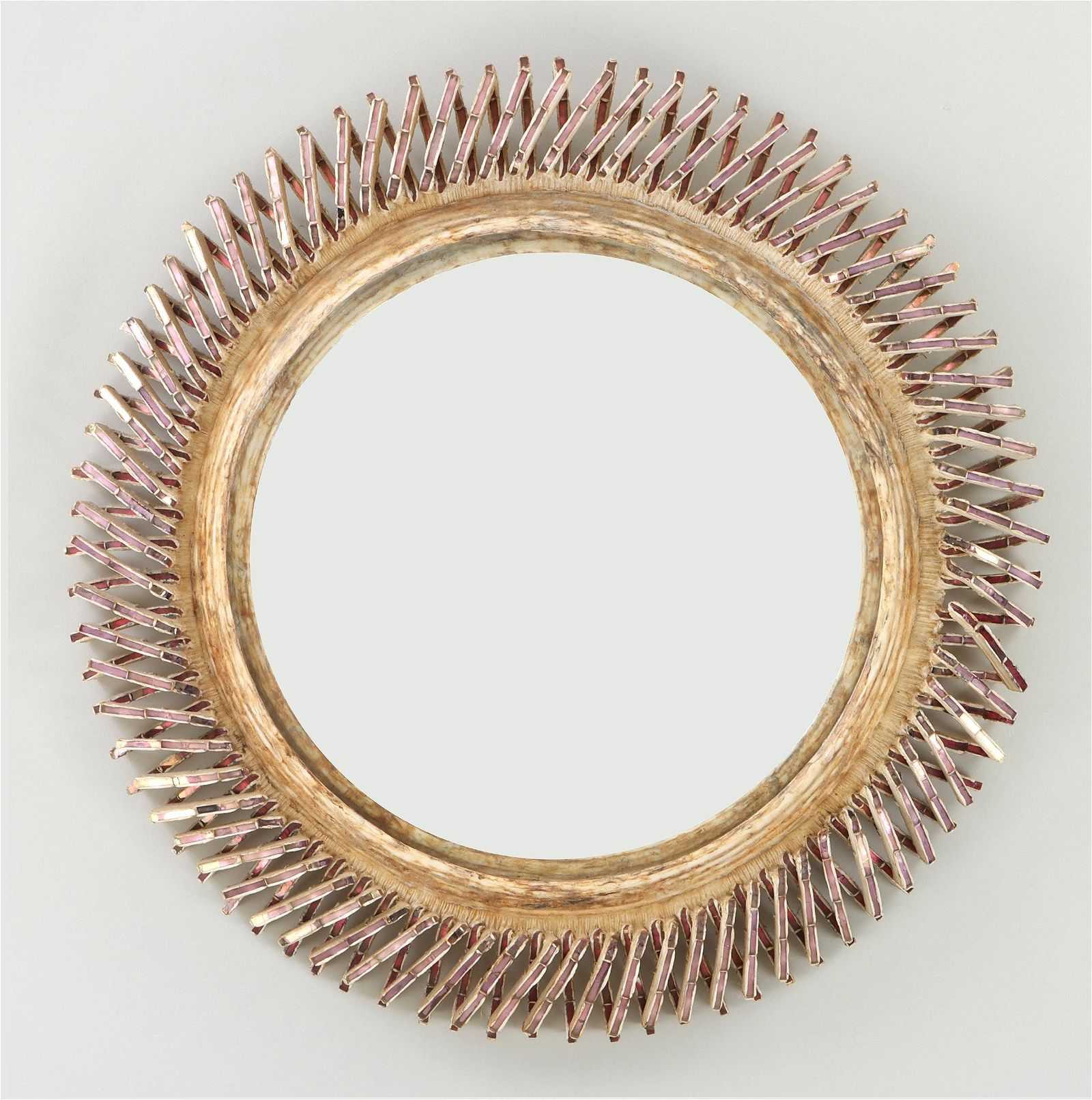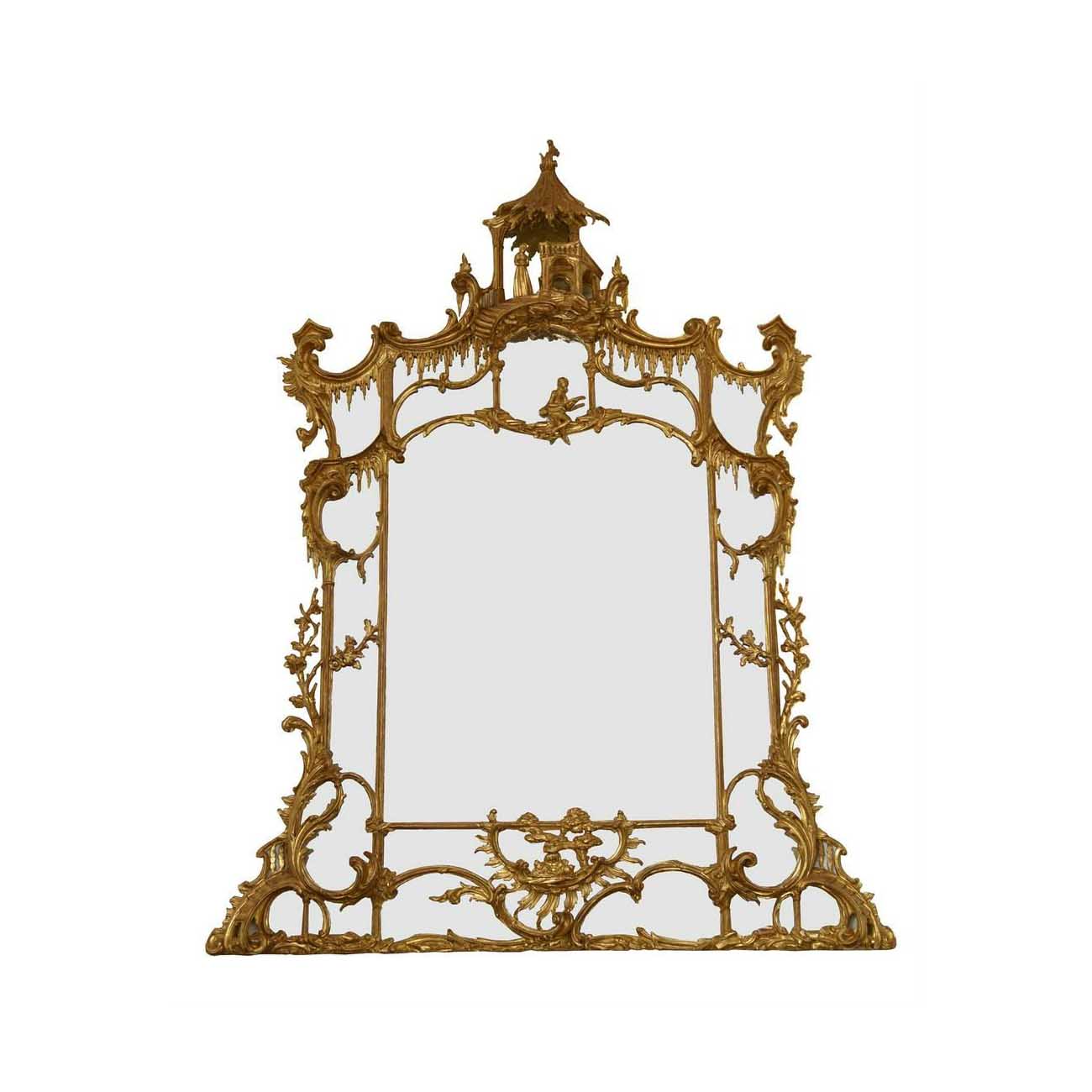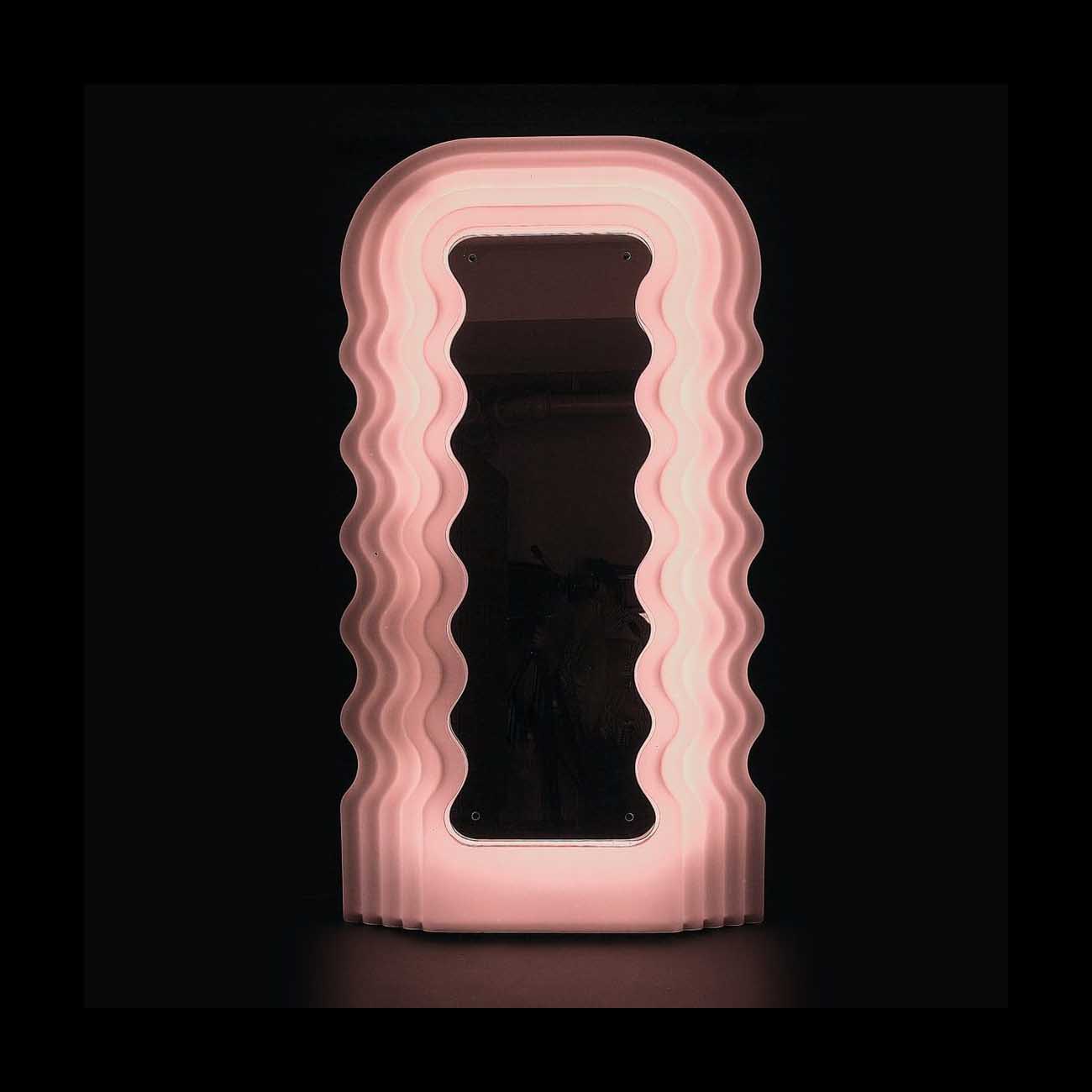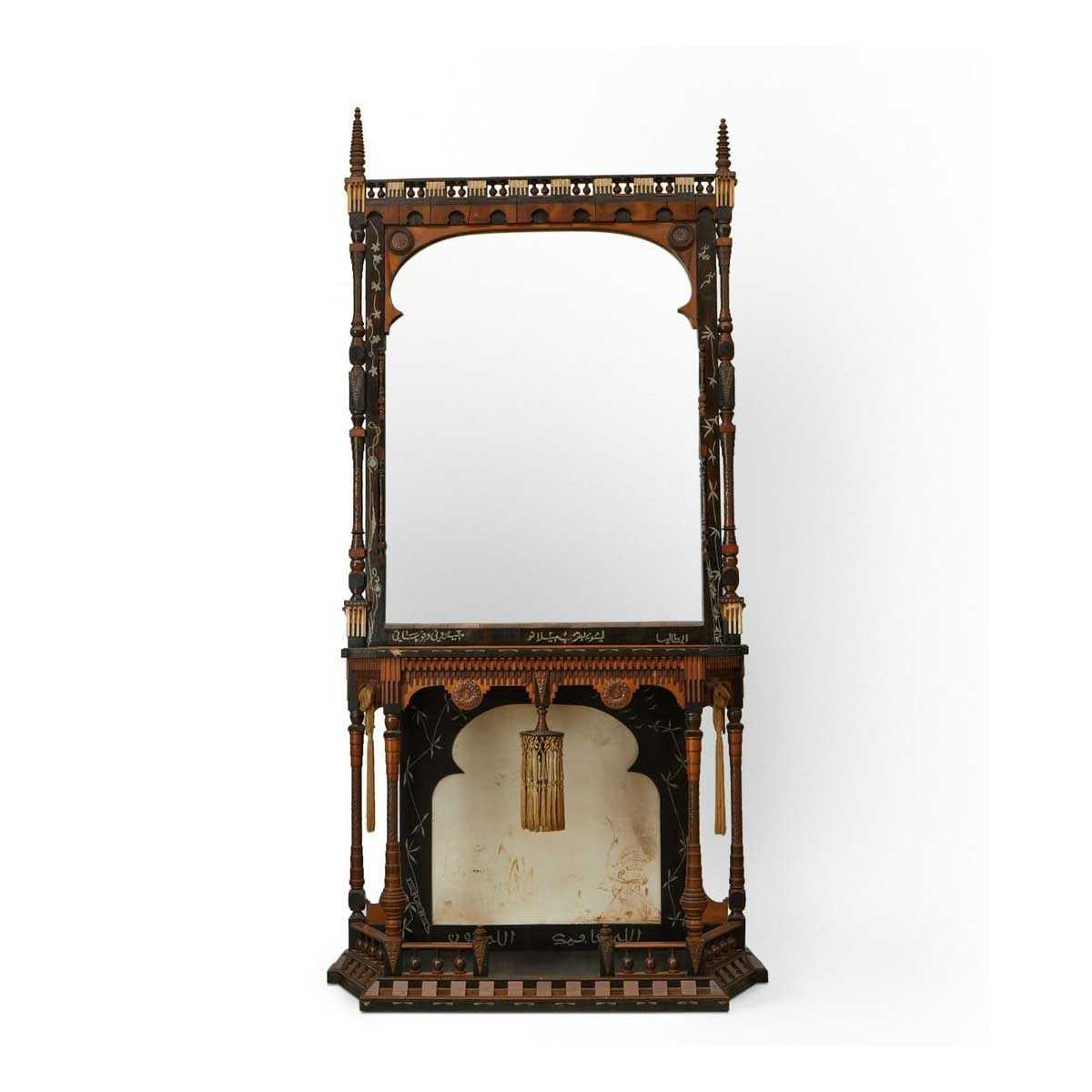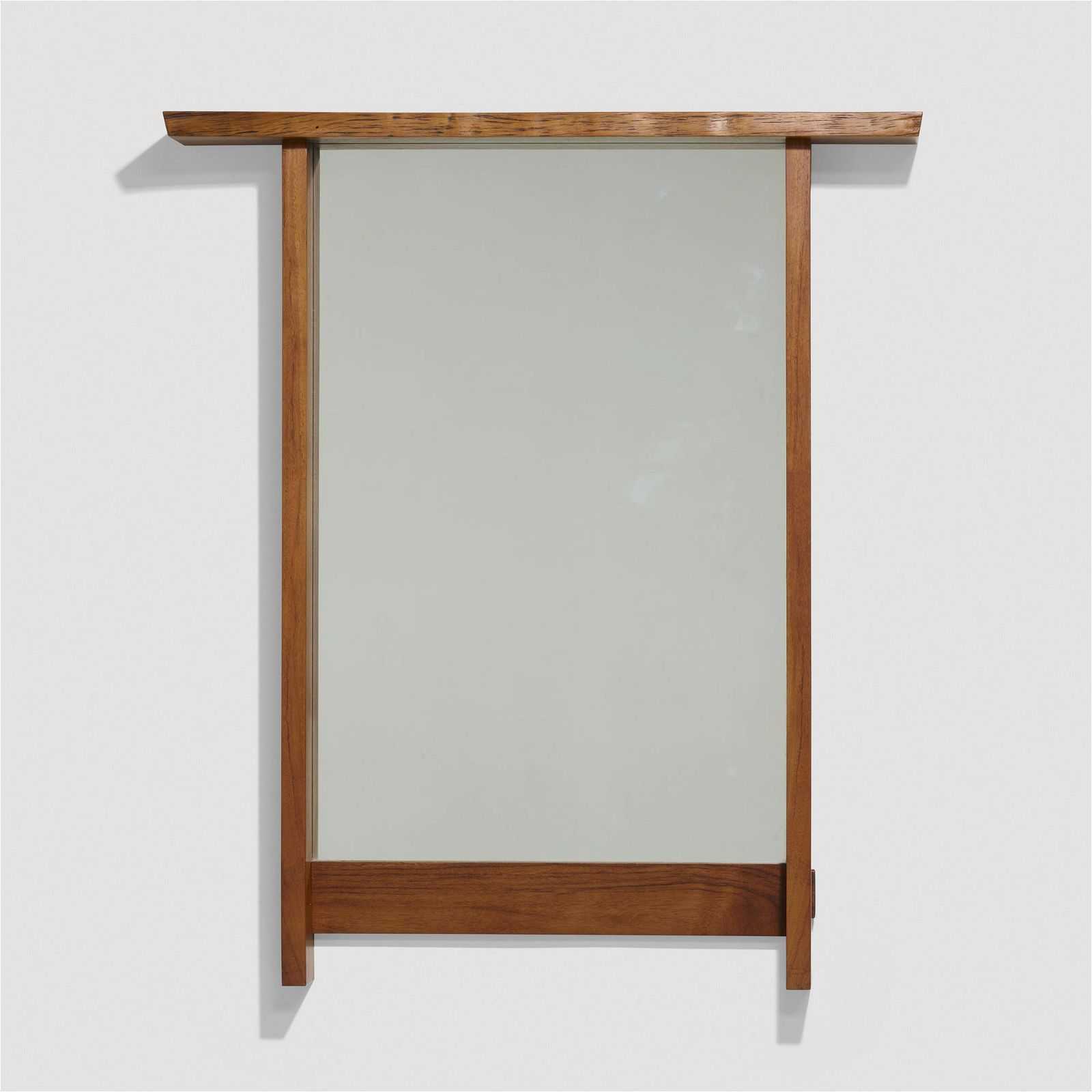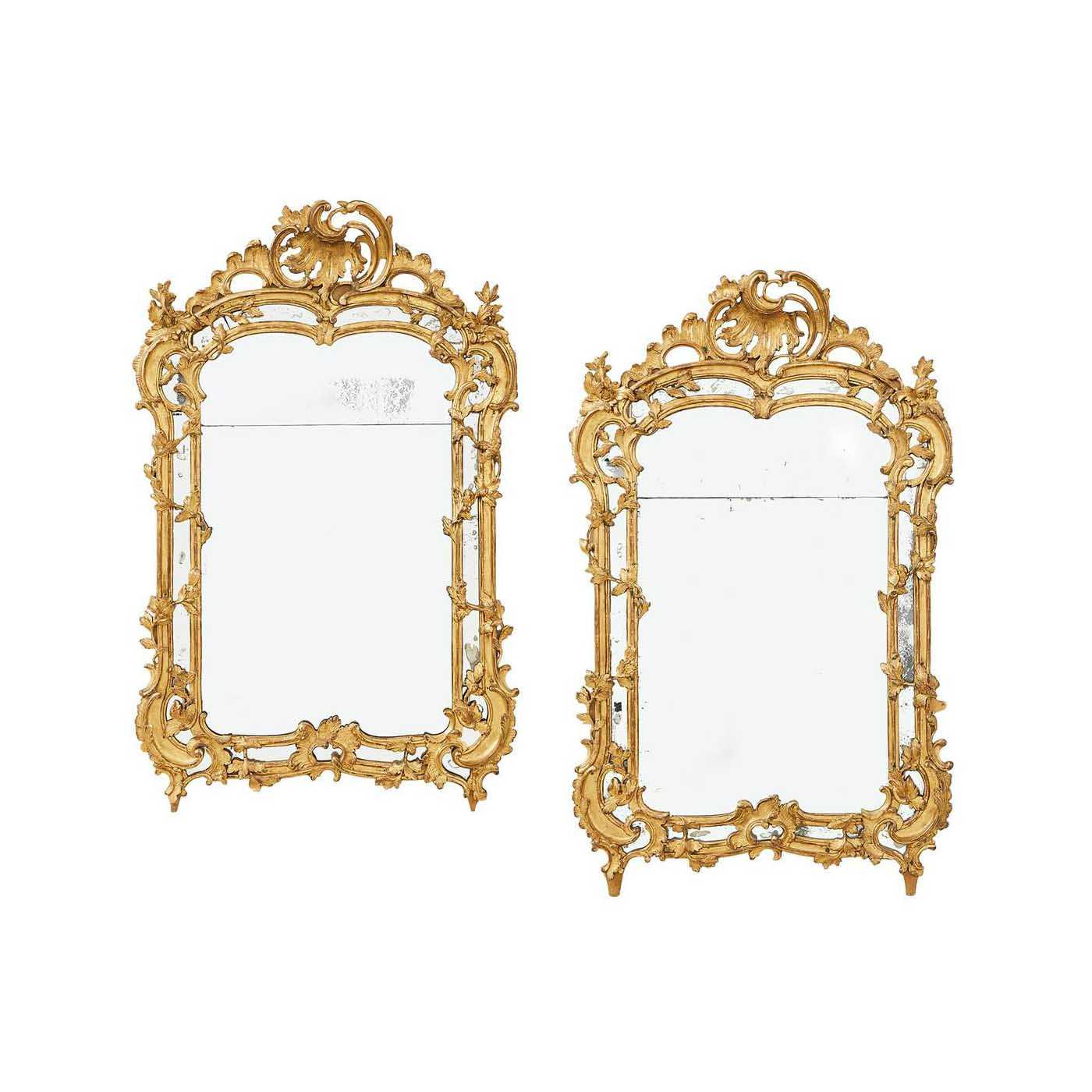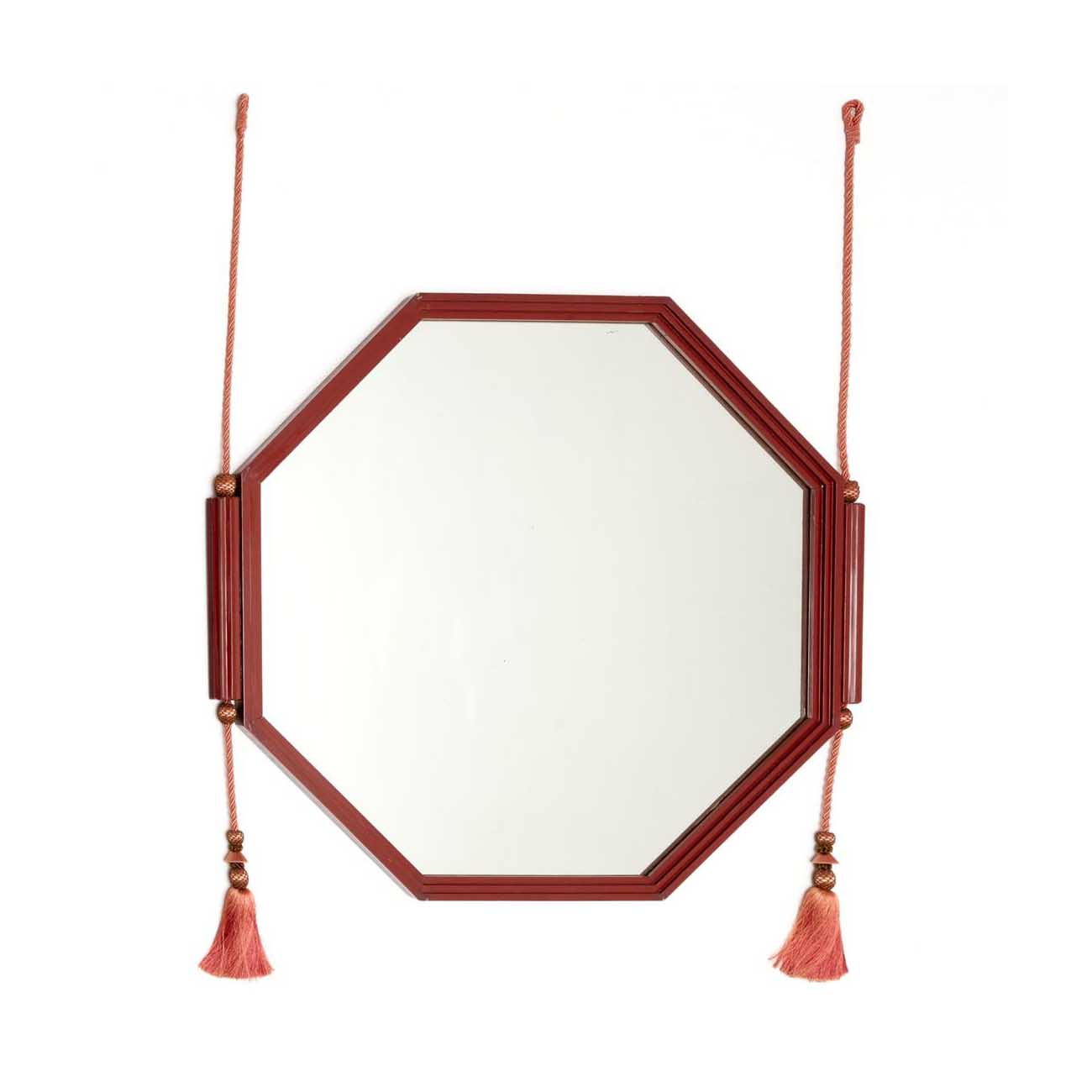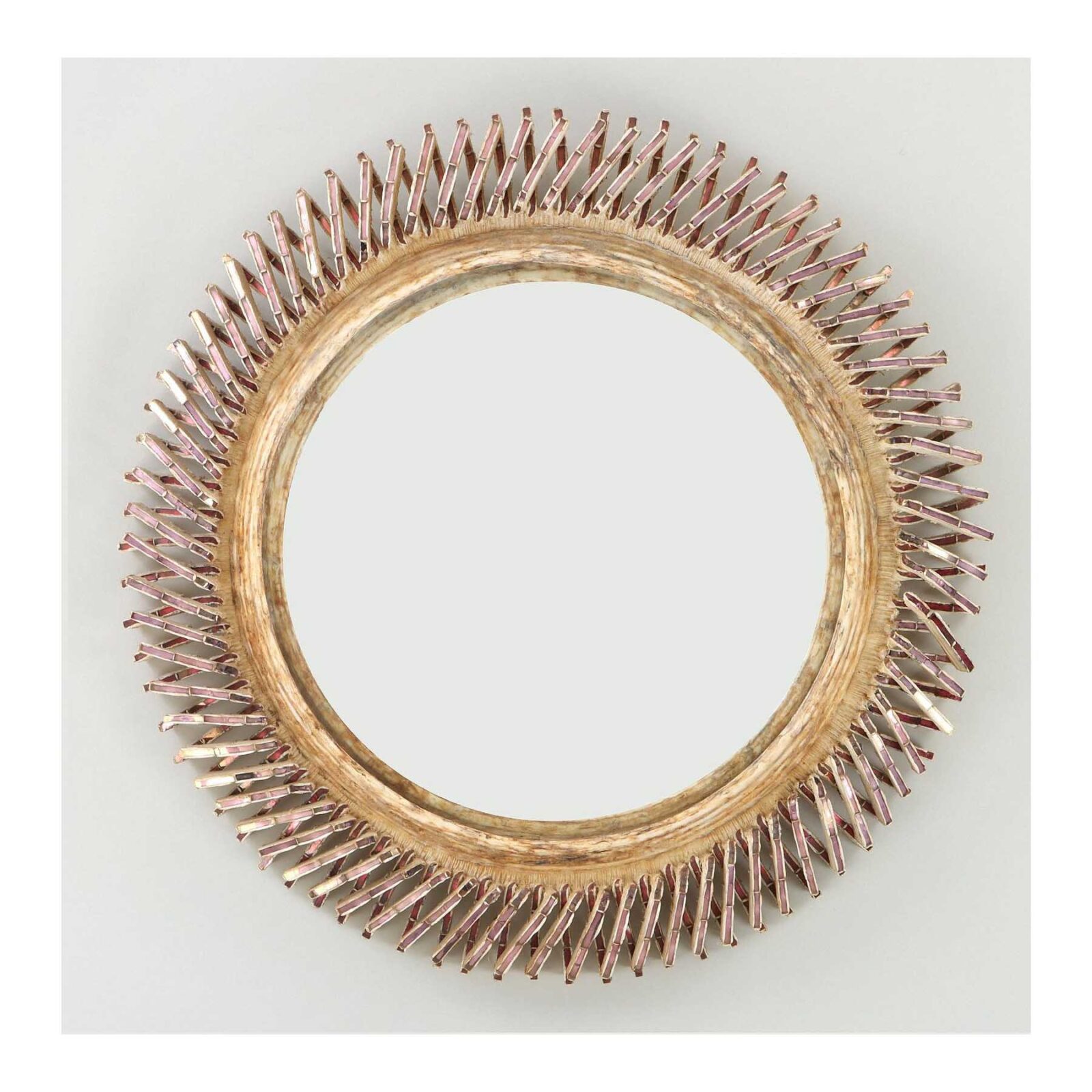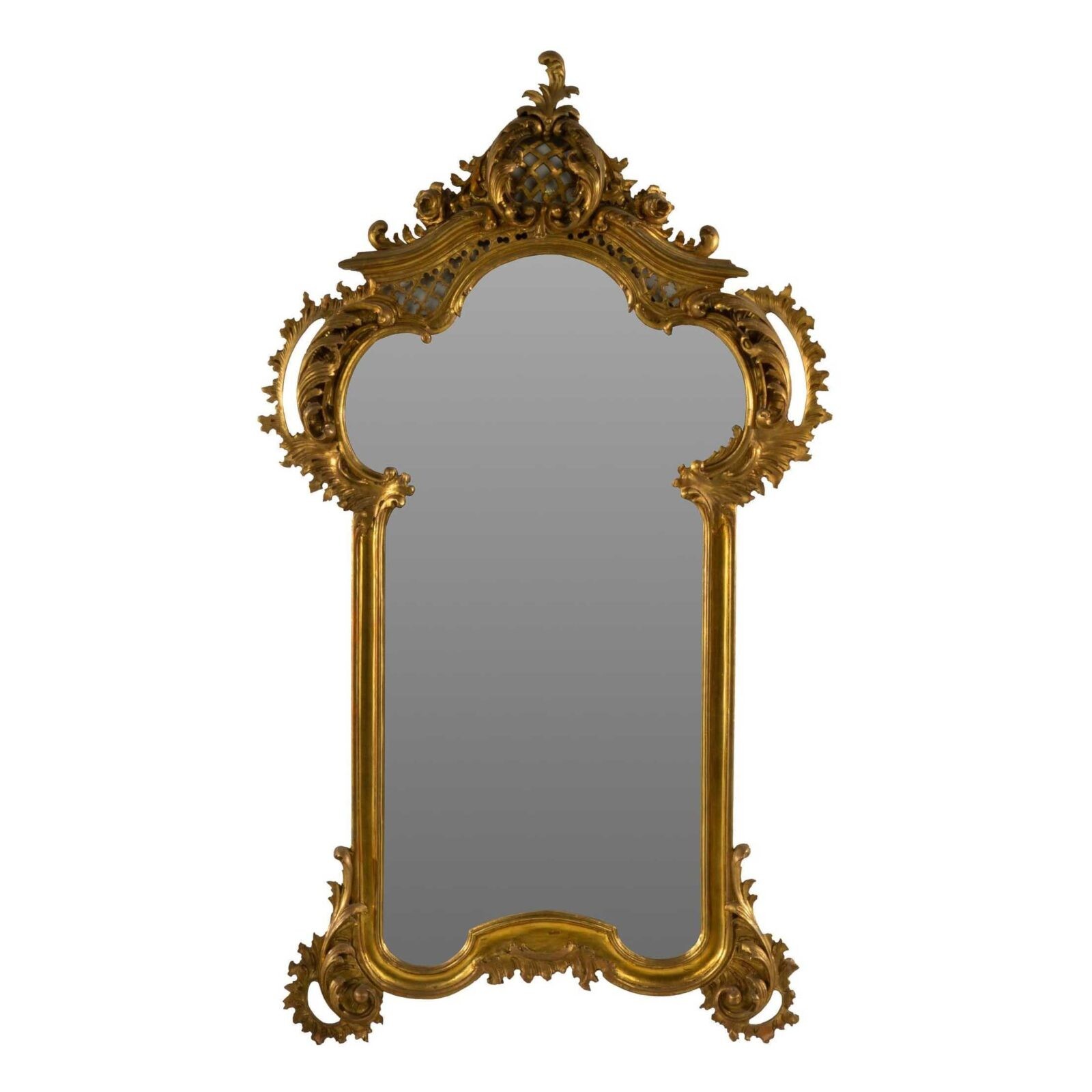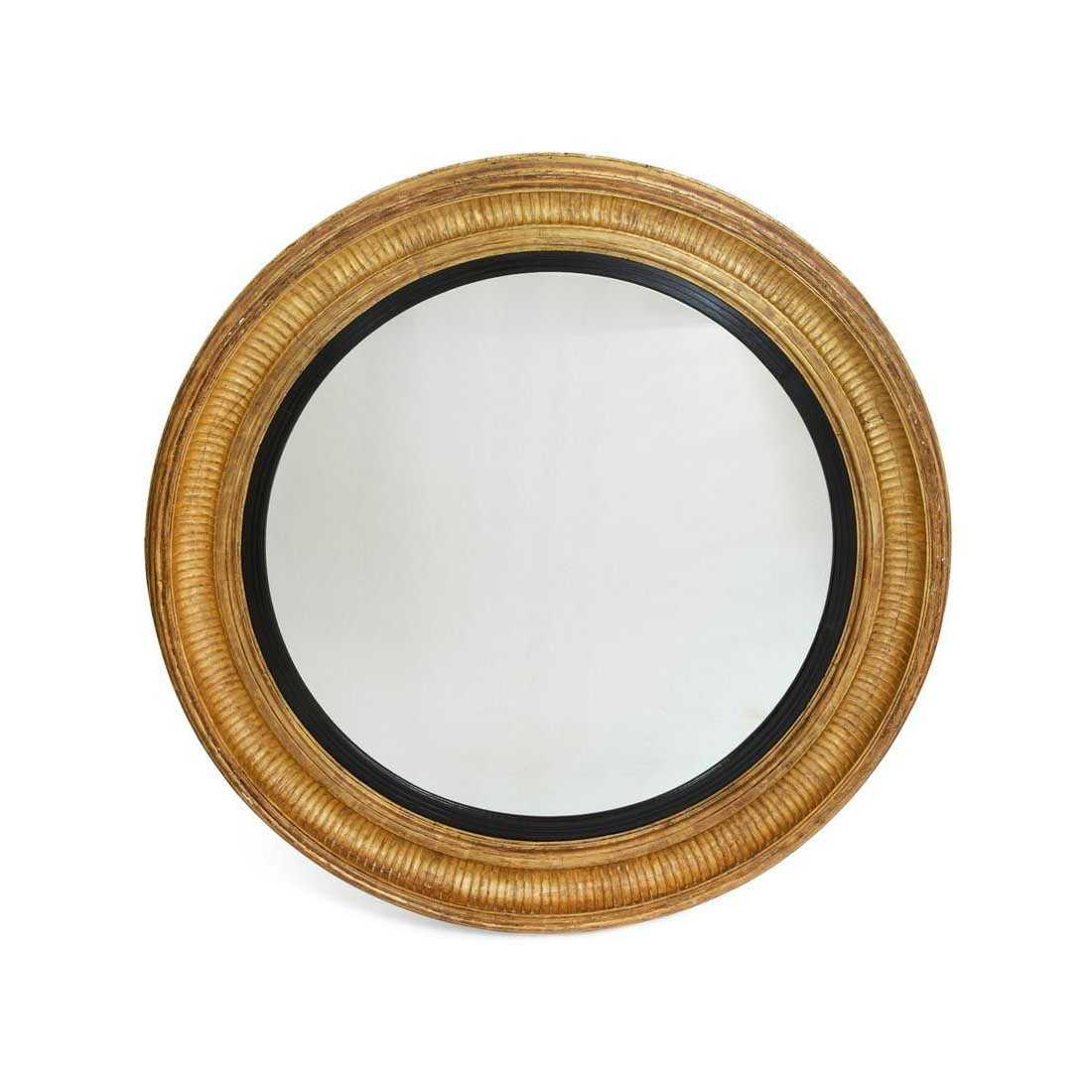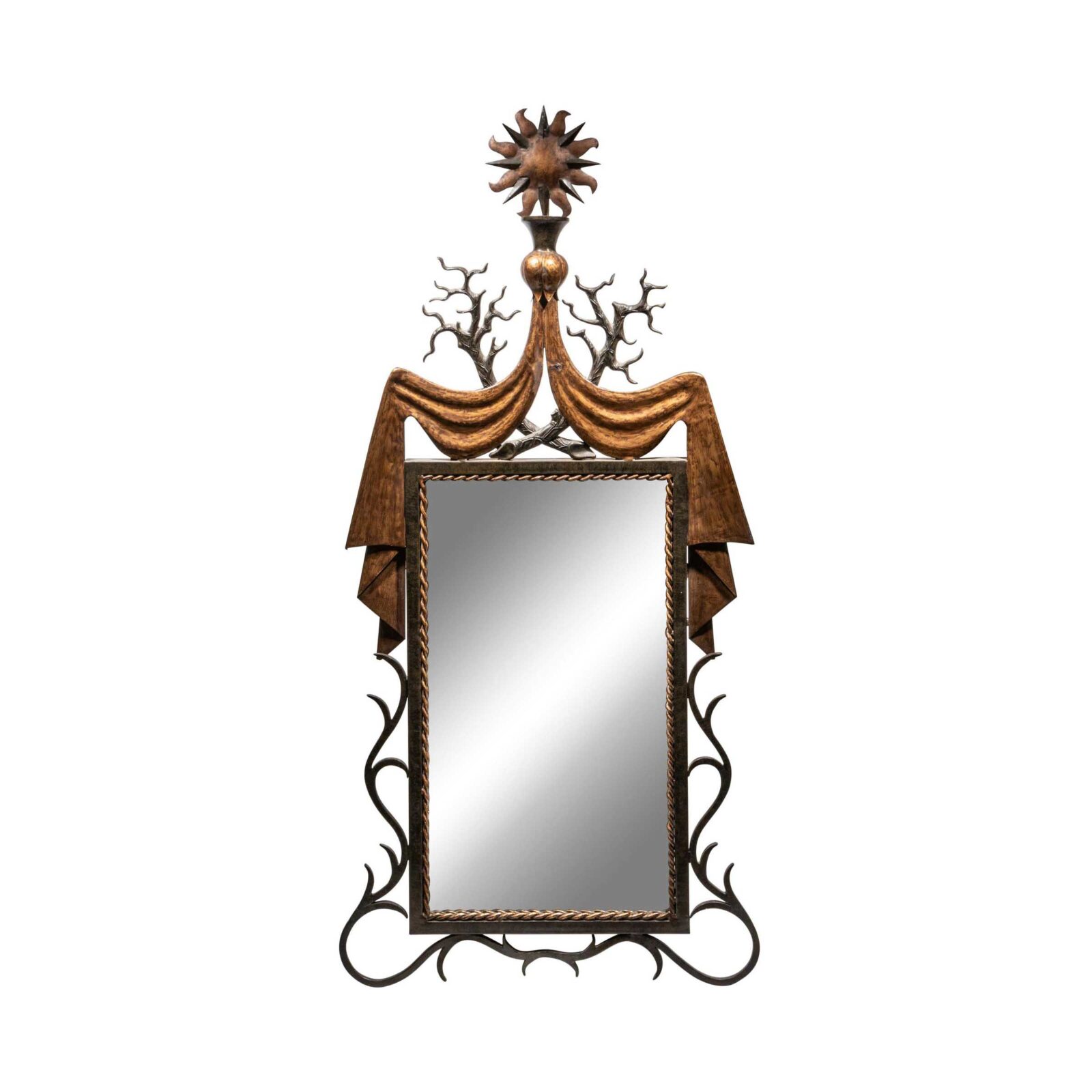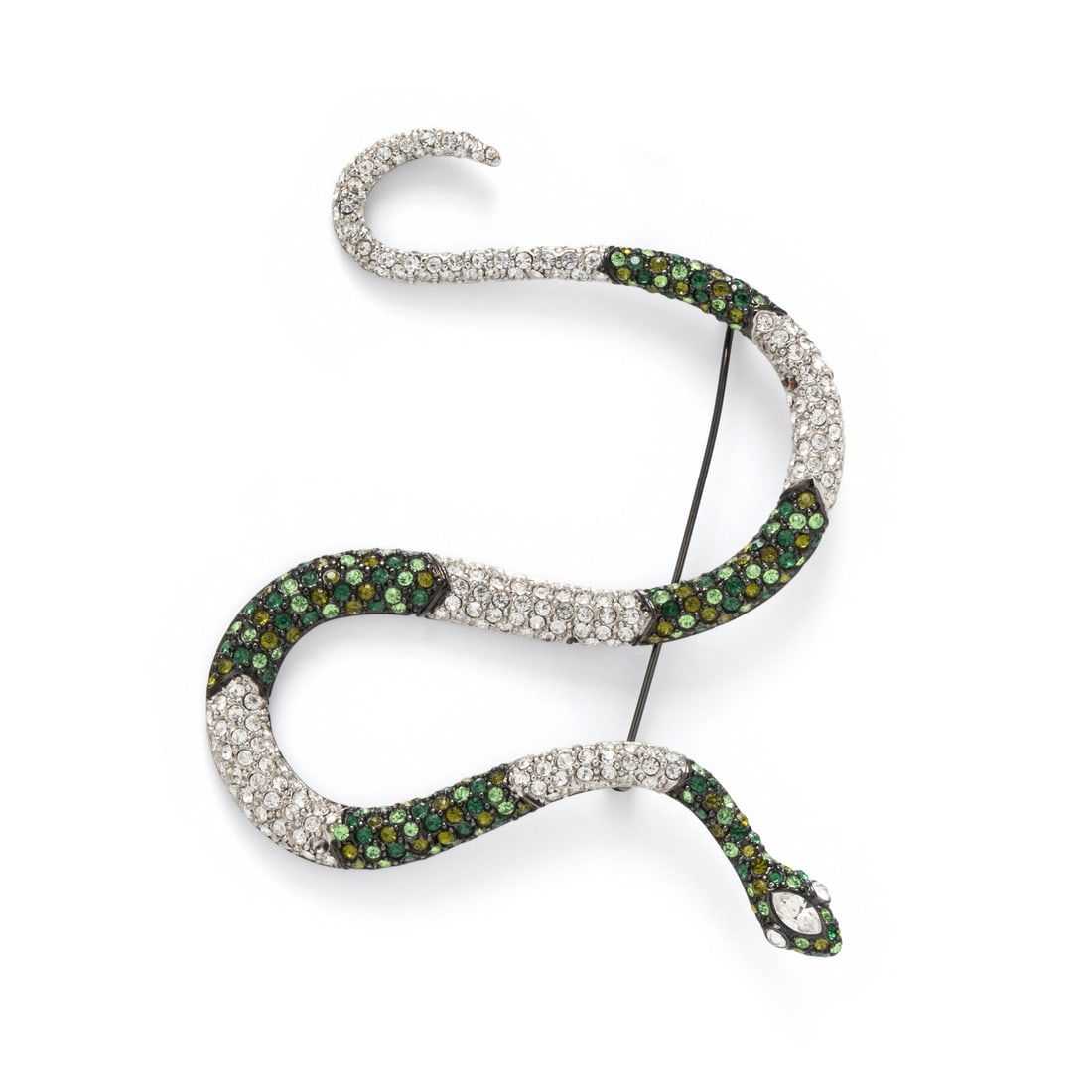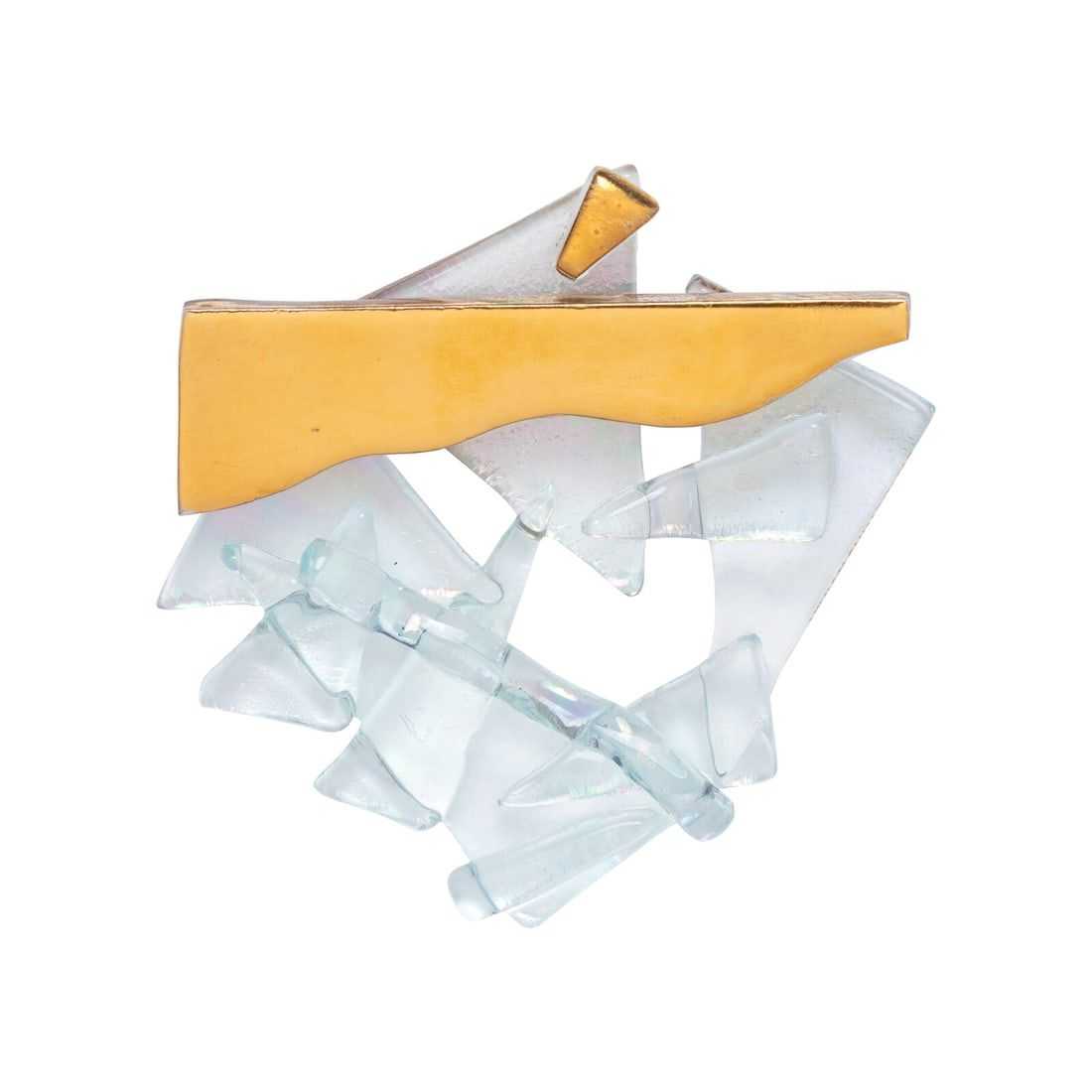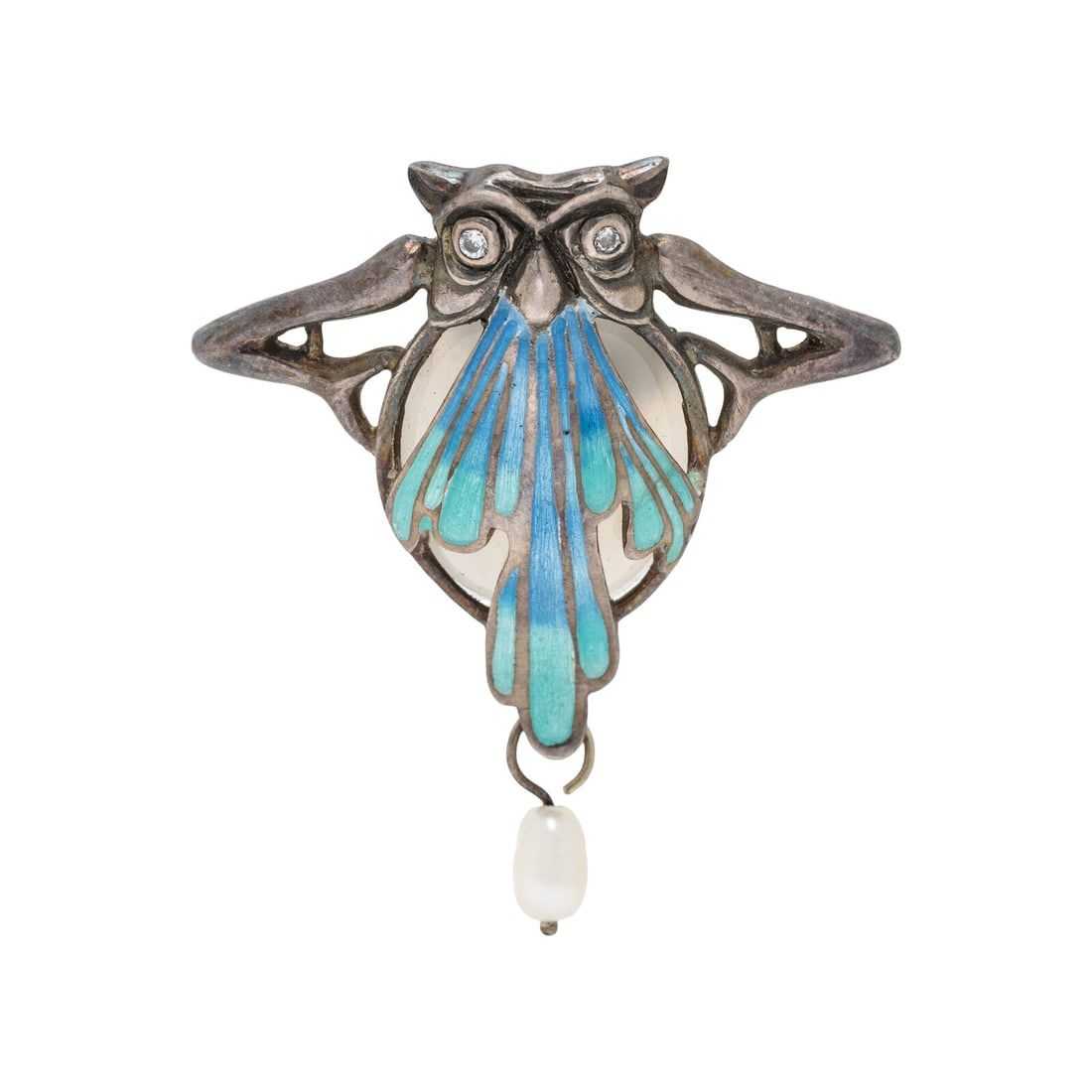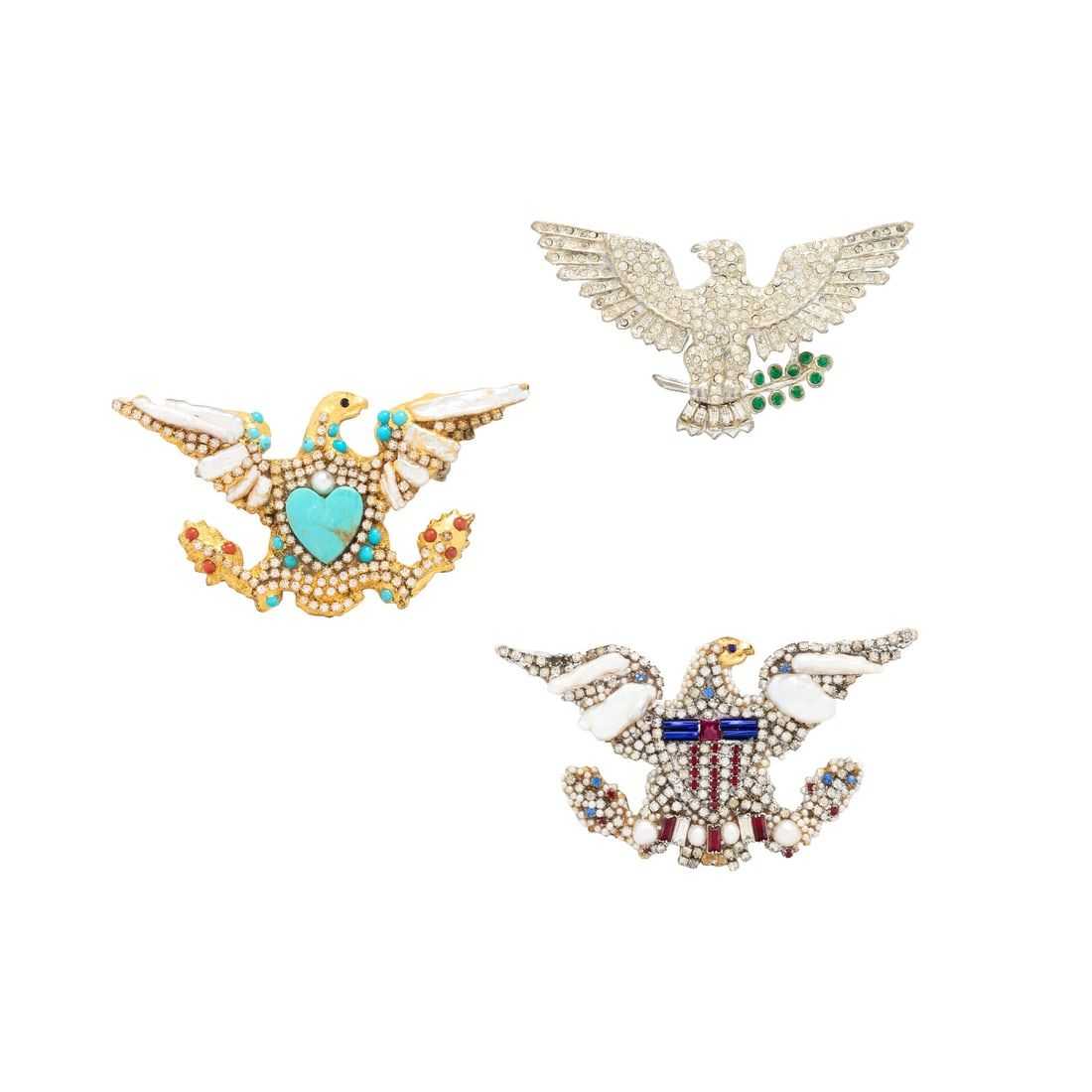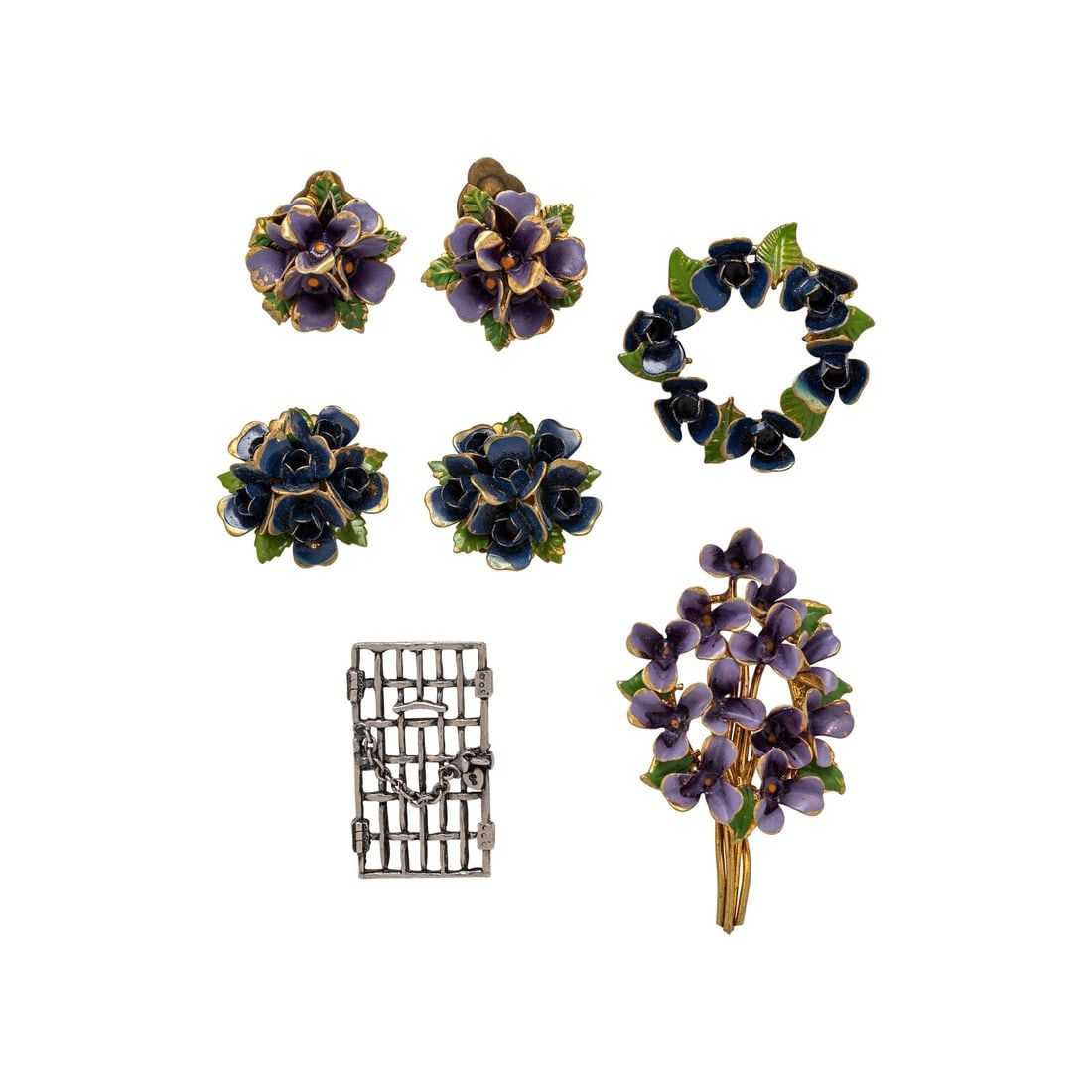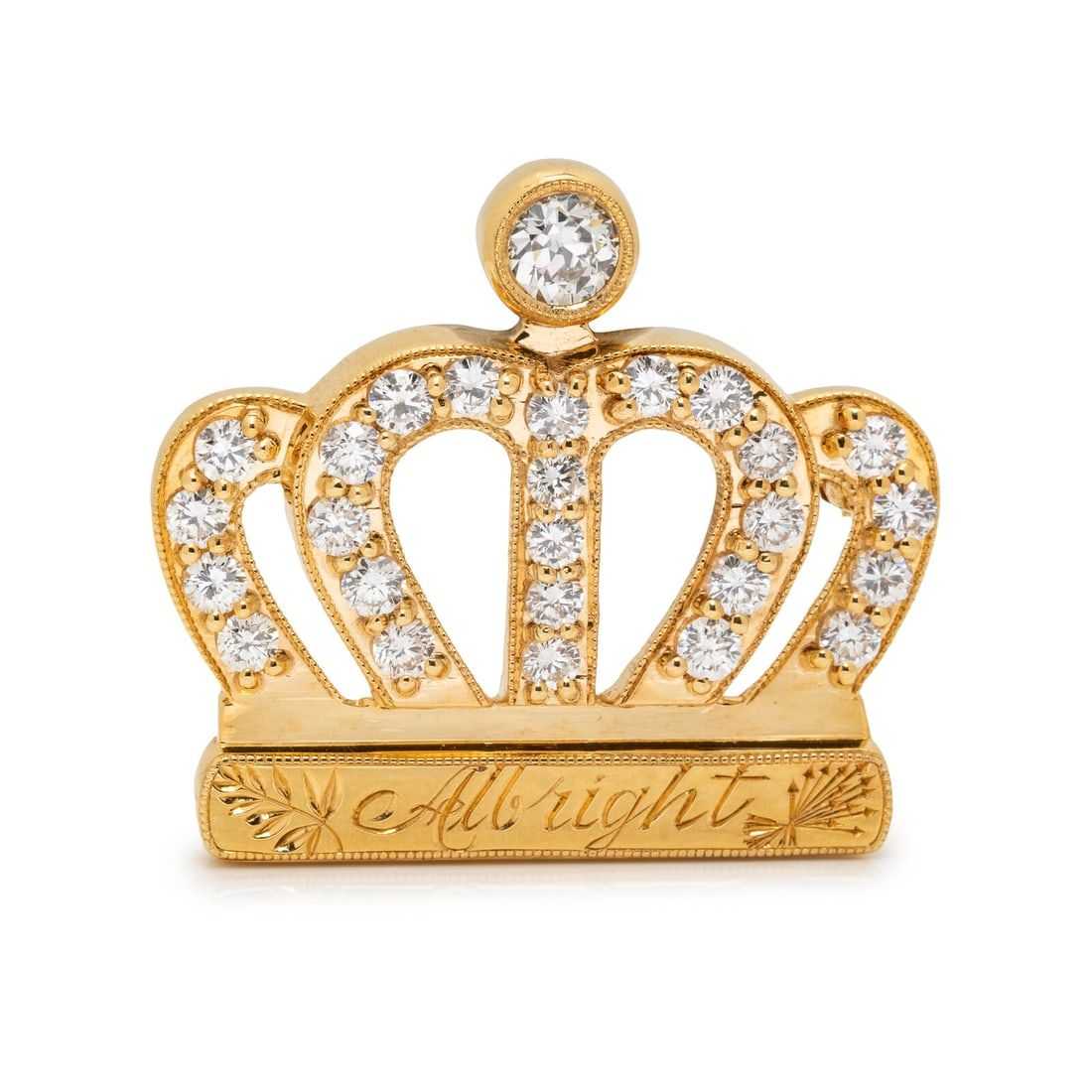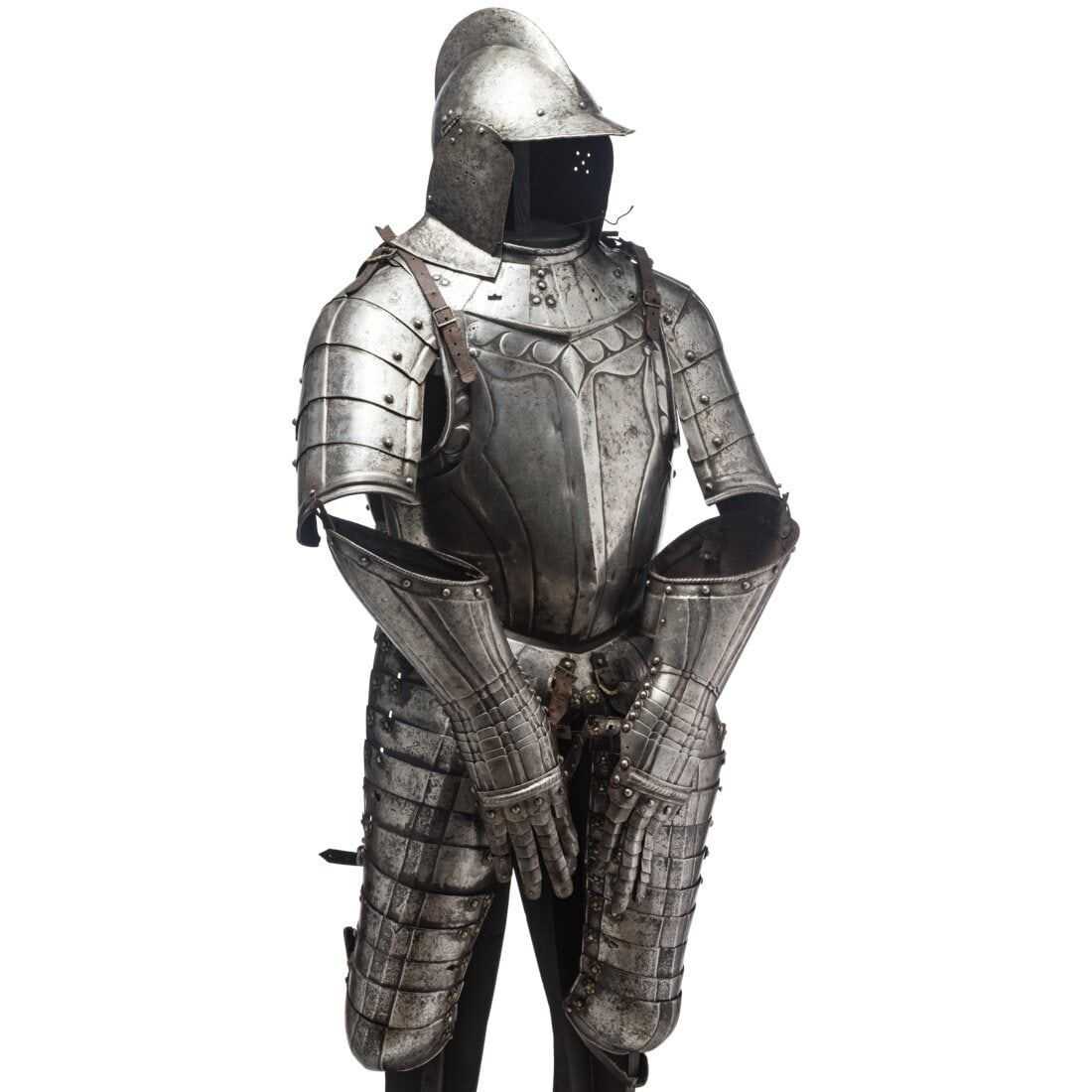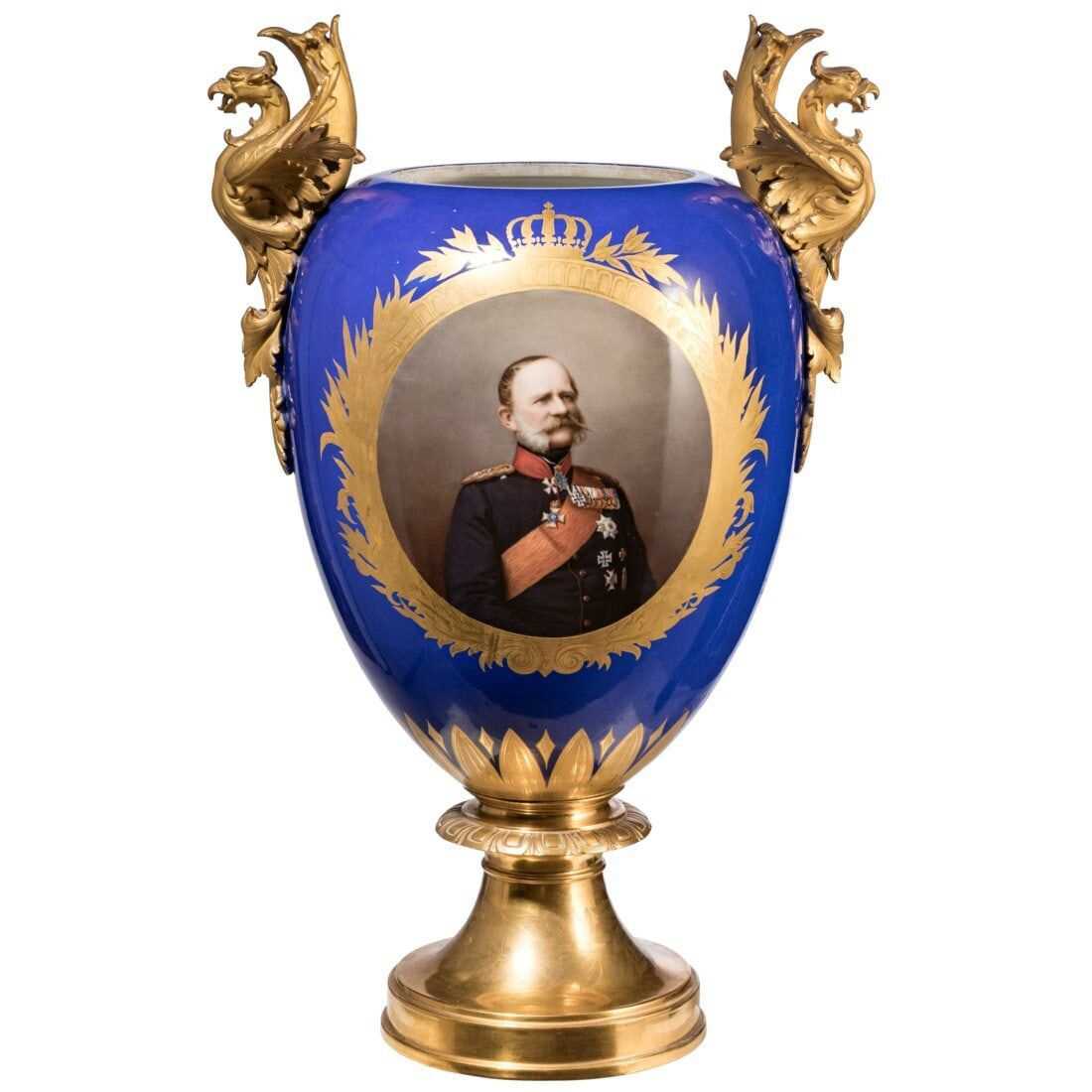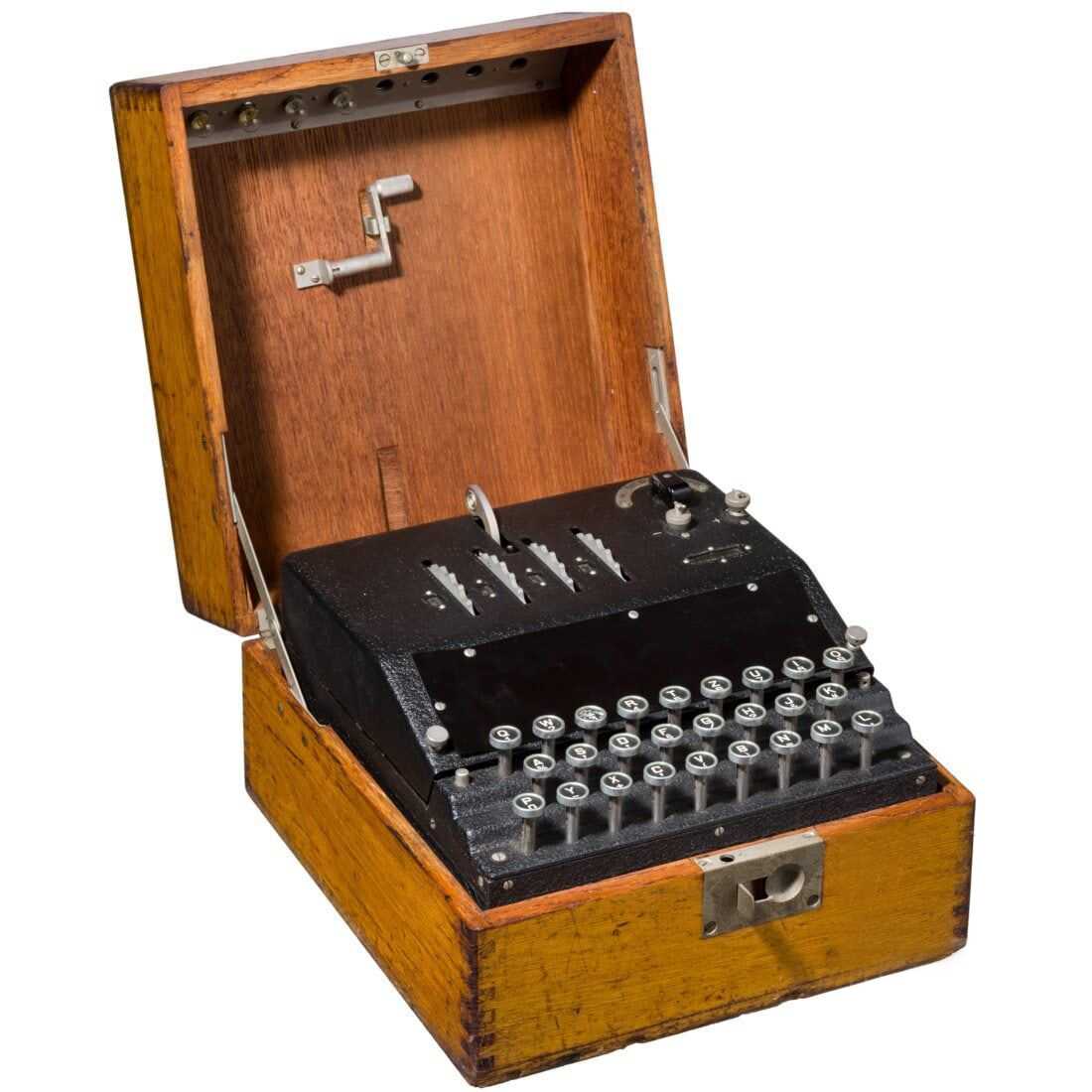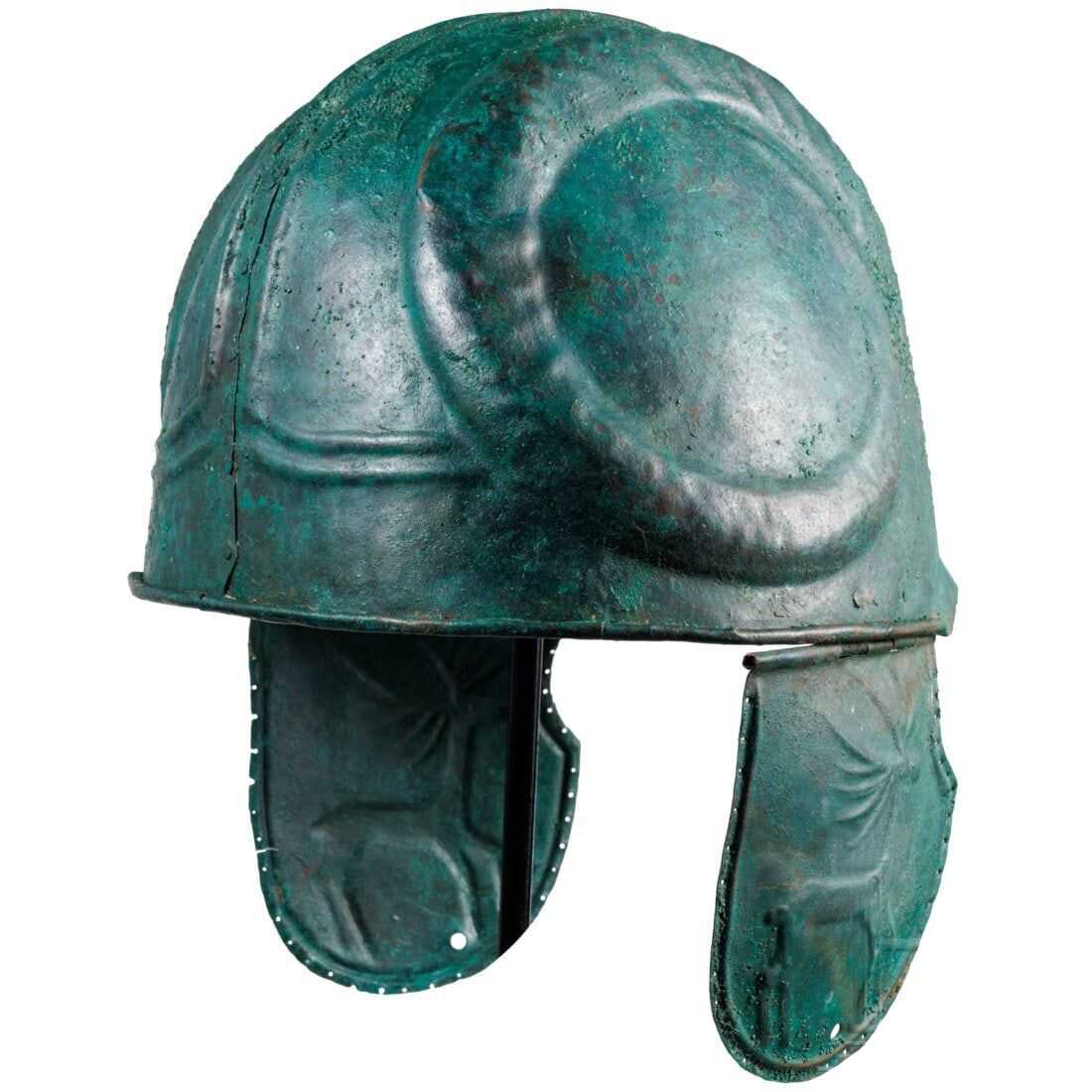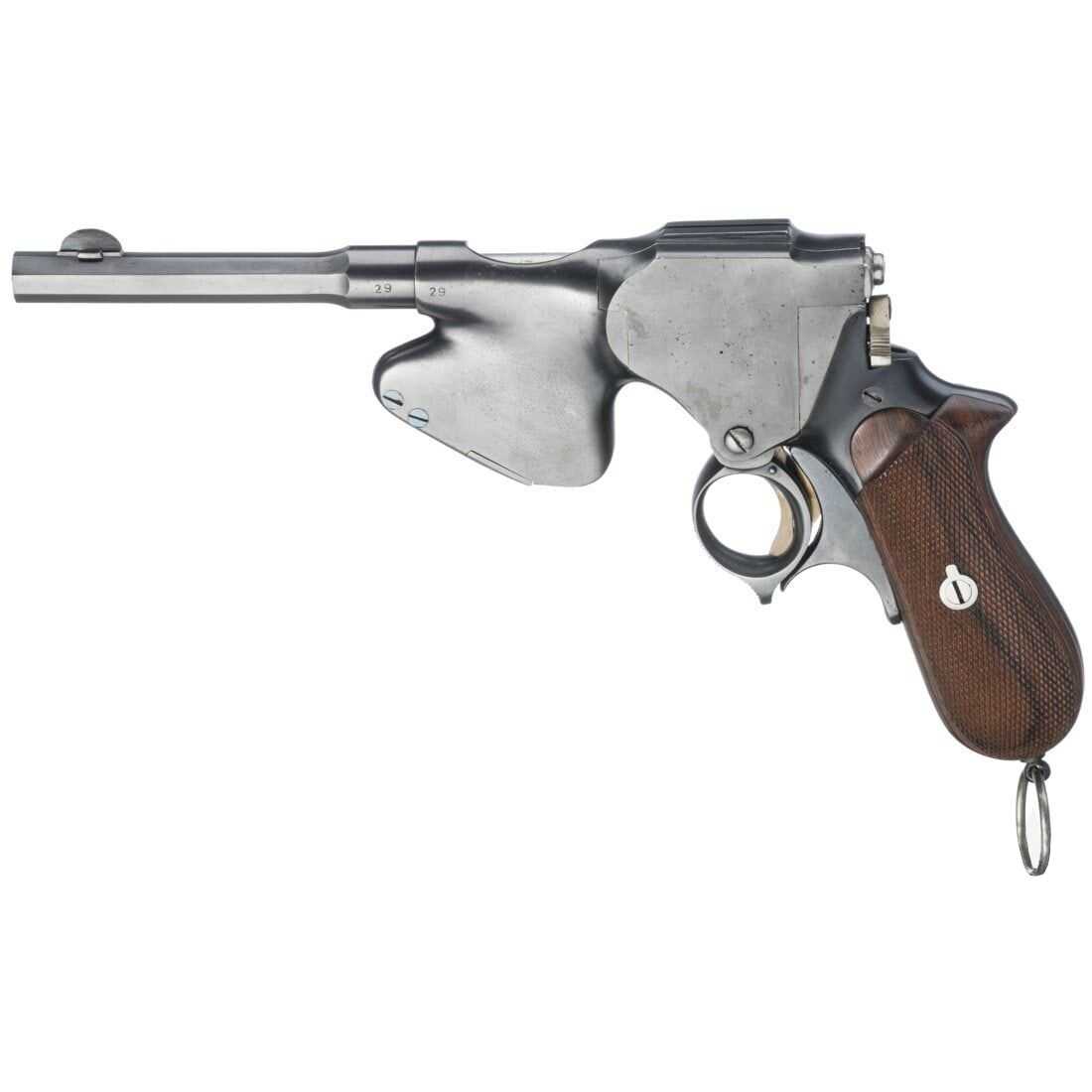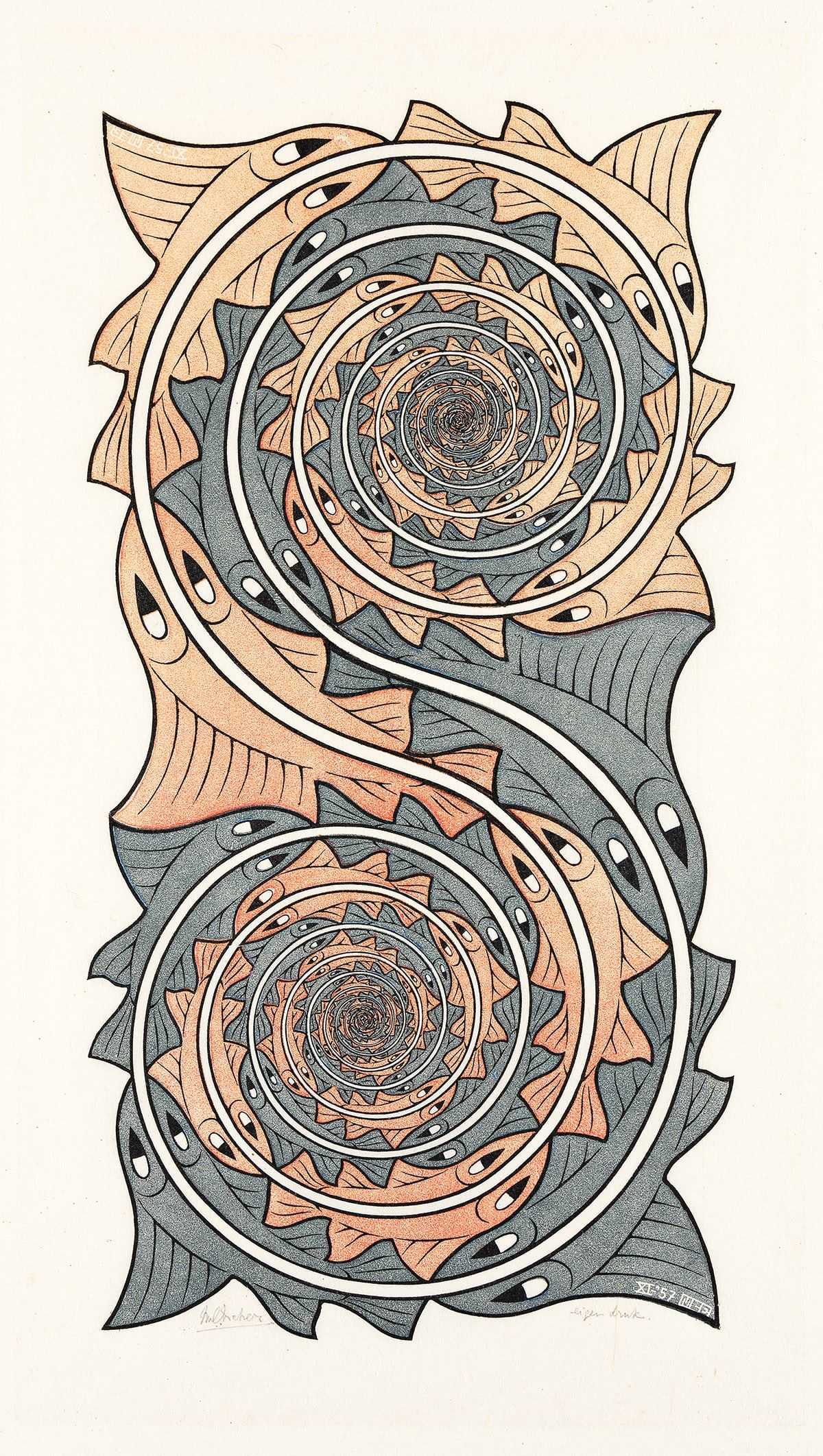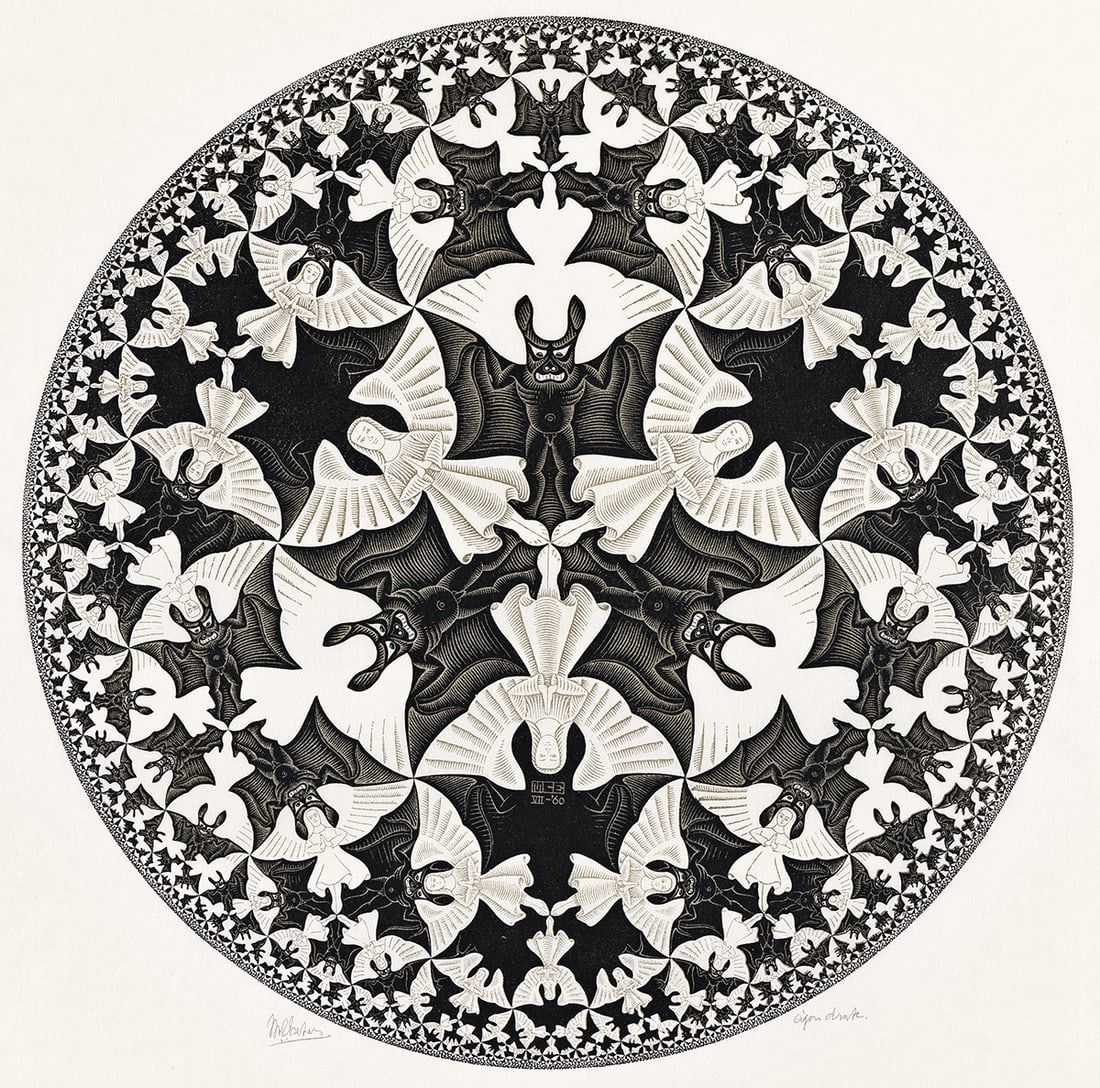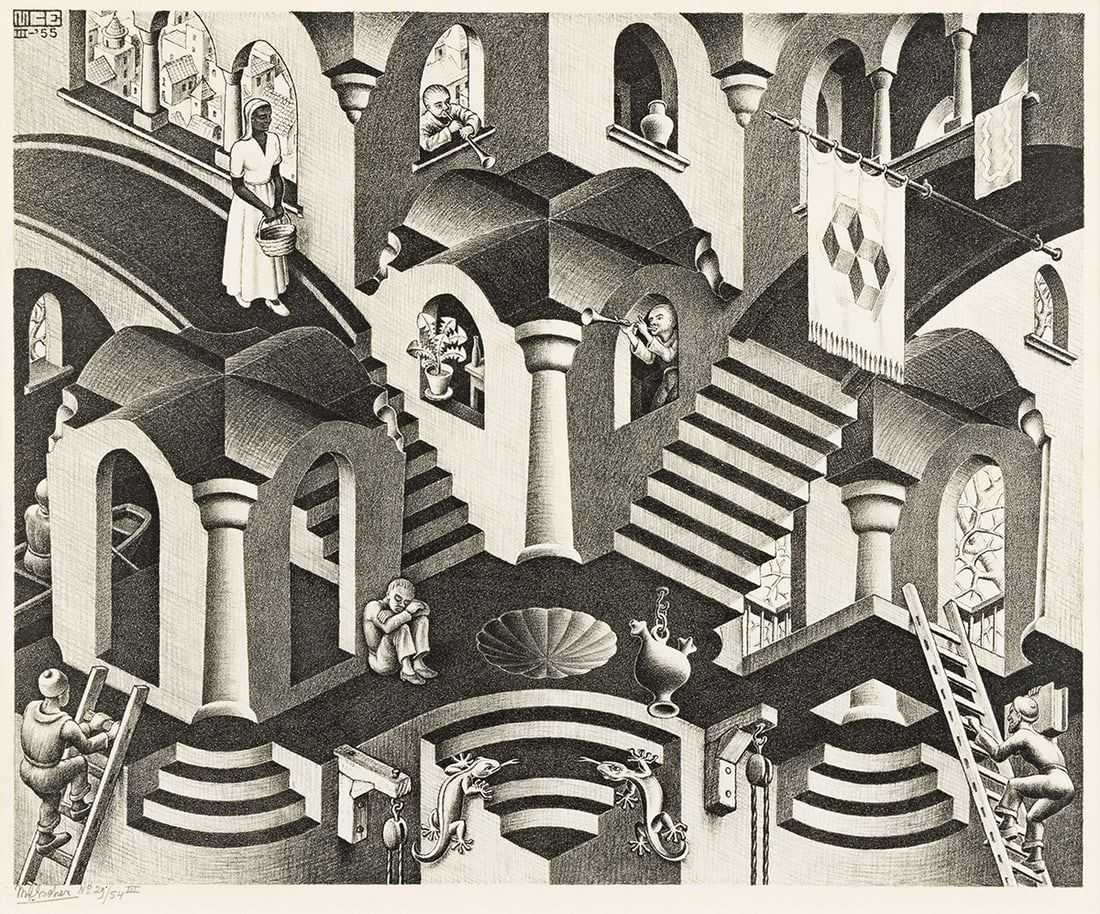MONROVIA, CA – All eight paintings by American Western artist Marjorie Reed (1915-1996) offered in the June 4 Art of the American West sale at John Moran found new homes. But the five that depicted stagecoaches – the subject that made Reed’s reputation – all beat their estimates. Complete results for the sale can be seen at LiveAuctioneers.
Reed, the daughter of a commercial artist, showed talent early, winning a job with a Walt Disney subsidiary when she was just 14 years old. Disney had hoped to recruit her for his animation department, but that didn’t work out. “I couldn’t adjust to the regimentation,” she said.
Other frustrations shaped her life. She dreamed of living on a ranch, but that simply wasn’t possible near Los Angeles, where she grew up. Evidently, she experienced some pushback trying to pursue a career as a woman artist of Western imagery, as she sometimes signed her works with male names, such as Harvey Day or Fred Day.
Her friend Captain William Banning, the son of a stagecoach driver, taught her the history of the Butterfield Overland Mail route, a 2,800-mile circuit that the Overland Mail company stagecoach service followed when hauling mail across the American West from 1858 to 1861, when the Civil War interrupted its six-year contract with the US Postal Department. It was the longest stagecoach route in the world.
Company vehicles departed from two points in the east: Memphis, Tennessee, and St. Louis, Missouri, bound for San Francisco by way of Arkansas, what is now Oklahoma (but was then called ‘Indian country’), Texas, New Mexico, and Mexico proper before entering California.
Overland Mail won the $600,000-per-year government contract, which today would be worth about $21.6 million, by pledging to move mail between St. Louis and San Francisco twice a week in 25 days maximum, year-round. Passengers were permitted, but relaying the mail at speed took priority. Those headed east paid $100 (about $3,825) and those headed west paid $200 (about $7,650) for more than three weeks of misery, eating twice a day, making do with layovers that lasted about five minutes, and learning to fall asleep in the swaying, ever-moving stagecoach.
New York Herald reporter Waterman L. Ormsby, who traveled the circuit in full and recounted the experience for his readers, summed it up memorably: “Had I not just come over the route, I would be perfectly willing to go back, but I know what Hell is like. I’ve just had 24 days of it.”
Such realities did not deter Reed, who kept her focus on romantic images of bright red stagecoaches flying across spectacular Western landscapes drawn by teams of horses, sometimes four and sometimes six, and seemingly always having at least one white horse among them. Reed sketched the route, traveling along it in her Model T Ford, and used those sketches to produce her Butterfield Stage series in 1957. In that same year, twenty color images from that series appeared in the book The Colorful Overland Stage.
The five stagecoach-centric paintings presented at Moran, all signed as Marjorie Reed, reinforced the notion that collectors want these Reed works most of all. The Stage is Here!, rendered in 1975 and the only one among them that had an explicit date, sold for $10,896 with buyer’s premium. Right behind it, at $9,220 with buyer’s premium, was Across the Colorful West – Old Staging Days, a scene of a stagecoach streaking across a landscape worthy of a John Ford film. It was the only one of the Moran group in which stagecoach passengers are clearly visible.
Nocturnal Stagecoach, which appears to show a vehicle departing a change station with an escort of two mounted troops, brought $6,705 with buyer’s premium, while Passing of the Stage in Earthquake Valley, depicting two stagecoaches passing each other as their relief drivers wave in greeting, realized $5,029. The fifth and last Reed stagecoach piece, an oil on canvasboard dubbed On Time at the Change Station, earned a respectable $4,610 with buyer’s premium.

Marjorie Reed, ‘The Stage is Here!’, which sold for $10,896 with buyer’s premium at John Moran.

Marjorie Reed, ‘Across the Colorful West-Old Staging Days’, which sold for $9,220 with buyer’s premium at John Moran.

Marjorie Reed, ‘Nocturnal Stagecoach’, which sold for $6,705 with buyer’s premium at John Moran.

Marjorie Reed, ‘Passing of the Stage in Earthquake Valley’, which sold for $5,029 with buyer’s premium at John Moran.

Marjorie Reed, ‘On Time at the Change Station’, which sold for $4,610 with buyer’s premium at John Moran.





















